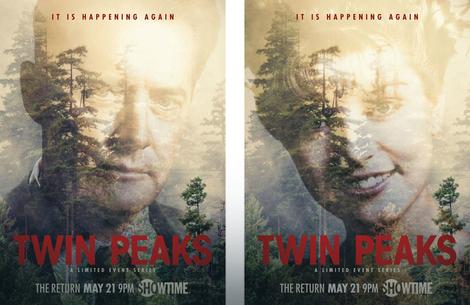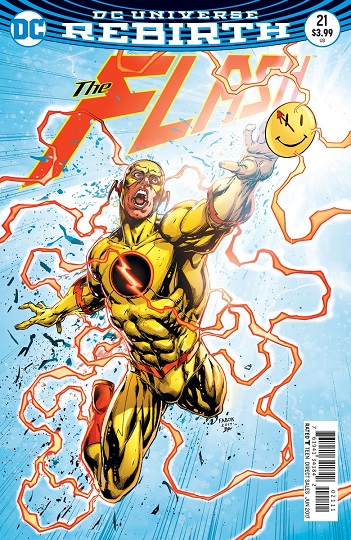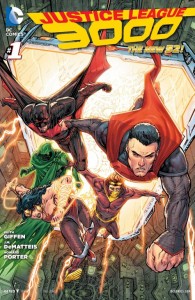 Look: we’re talking about Twin Peaks: The Return.
Look: we’re talking about Twin Peaks: The Return.
We know, this might not seem like the topic for a comics podcast, but hear us out. Twin Peaks is one of the main inspirations for The X-Files which is clearly turf for genre shows. It features a shared universe of different genre stories like any good comics universe. It has characters with super strength. But most importantly, Rob is a giant Twin Peaks fanboy, and he can’t pass up an opportunity to talk about the return of the first television program that showed him the promise of a shared genre universe the way that comic books did when he was 18 years old.
So we discuss what made the original Twin Peaks great, why there’s still excitement about it 27 years after it ended with little fanfare, and whether it was worth the wait to a person who owned every Twin Peaks property available between 1990 and 2016, or if it is even remotely compelling to someone like Amanda, who watched every episode of Twin Peaks that Rob rammed down her watchholes last week.
We also discuss:
- The Flash #22, written by Joshua Williamson with art by Howard Porter, and:
- Secret Empire #2, written by Nick Spencer with art by Andrea Sorrentino!
Ah, disclaimers:
- This episode was recorded live to tape, meaning that there might be more than the usual number of pauses, verbal tics and weird inside jokes. But we figure if you’re willing to listen to a show about Twin Peaks, then pauses, verbal tics and inside jokes are maybe your jam.
- This show contains spoilers. Laura Palmer’s killer was revealed on November 10, 1990. Rob found a way to find out who killed Laura Palmer despite not having hindsight, the Internet, or a working ABC television station in reasonable broadcast range on November 10, 1990. Rob has no pity for you when it comes to this subject.
- This show contains adult, profane language, and is therefore not safe for work. We talk about Secret Empire. That means there is cursing. You are forewarned.
Podcast: Play in new window | Download (Duration: 1:41:32 — 100.8MB)
Subscribe: Apple Podcasts | Android | Google Play | Stitcher | TuneIn | RSS | More
Thanks for listening suckers!


 Podcast RSS Feed
Podcast RSS Feed iTunes
iTunes Google Play
Google Play Stitcher
Stitcher TuneIn Radio
TuneIn Radio Android
Android Miro Media Player
Miro Media Player Comics Podcast Network
Comics Podcast Network